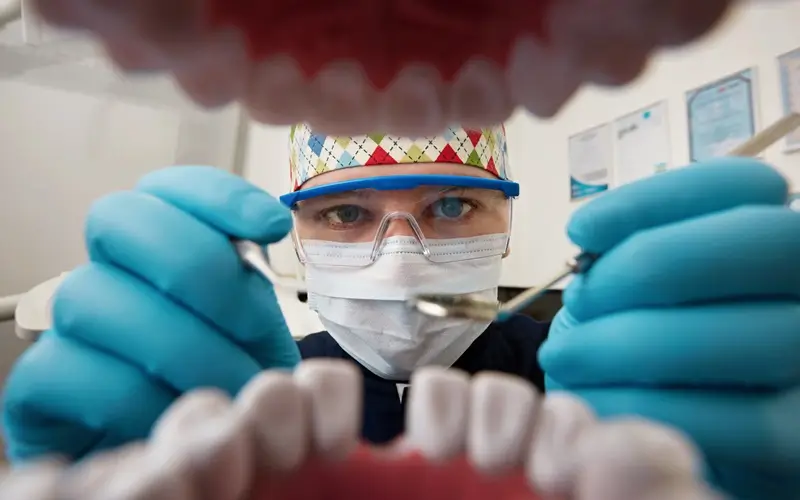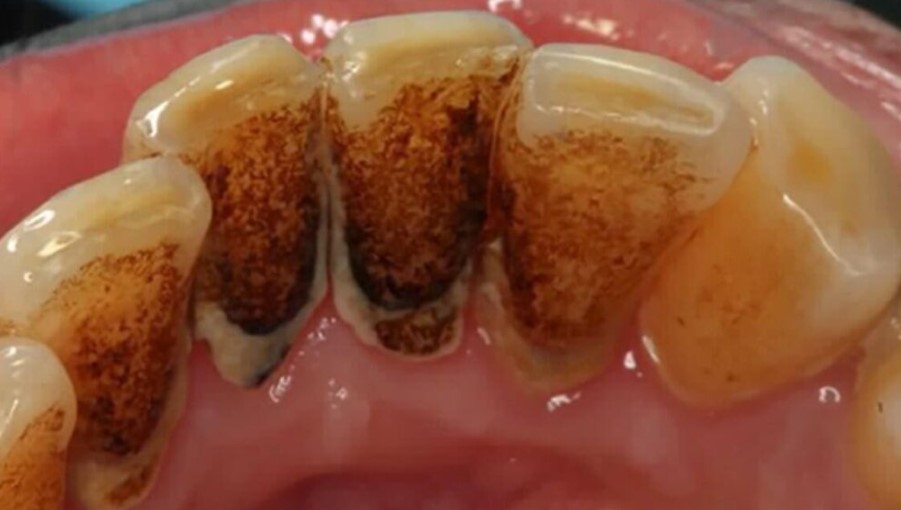
Calculus Bridge, Symptoms, Treatment
Do you brush your teeth after every meal? If you don’t do this, a thin sticky film may gradually coat your teeth. This is known as a plaque. And, if plaque is not removed from the teeth on a regular basis through cleaning and brushing, it can harden into tartar, also known as calculus.
Moreover, if you continue to neglect your teeth after plaque and tartar have formed, the situation will deteriorate. The sticky substance will then coat all of your teeth, forming a dangerous calculus bridge. In that case, you’ll need to go to a dentist’s office to have the calculus removed from your teeth. It is critical to protect your gums and teeth from the damaging effects of this problem.
What exactly is a calculus bridge?
Calculus Bridge is mainly characterized as a thin coat of mineralized dead bacteria containing salivary proteins. Furthermore, it is chemically made up of three primary substances.
- Calcium phosphate
- Calcium carbonate
- Magnesium phosphate
This is a hard bone-like substance that adheres firmly to the person’s teeth. Furthermore, it is known as subgingival calculus (calculus above the gingival margin). This kind of of calculus is found in patients who do not remove plaque from their teeth, and its main symptom is the yellow or tan presence of the teeth.
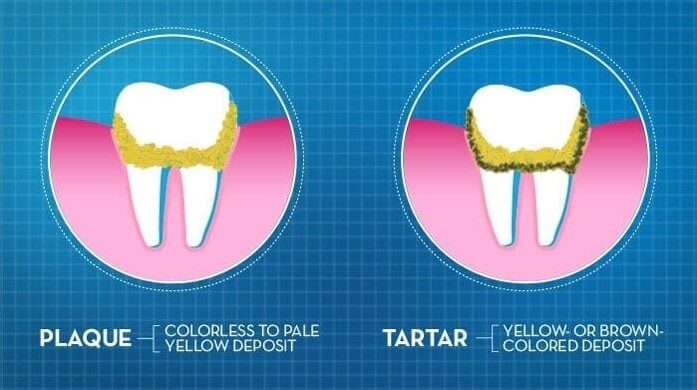
Calculus Bridge’s Chemical Composition
Calculus Bridge is made up of both organic and inorganic mineral components.
Inorganic Composition
The overall mineral composition of it varies from nearly 40-60 percent depending on the location of its presence. This ratio consists primarily of calcium phosphate crystals, which are further subdivided into four major mineral phases. Those phases are listed below in the precise order of descending ratio moving from phosphate to calcium concentration.
- Hydroxyapatite Ca5(PO4)3OH
- Whitlockite Ca9(Mg,Fe)(PO4)6(PO3OH)
- Octa calcium Phosphate Ca8H2(PO4)6.5H2O
- Brushite CaHPO4.2H2O
- Organic Composition
Calculus Bridge, on the other hand, has an organic content that is roughly 85 percent cellular and the remaining 15 percent extracellular matrix.
The cellular density in calculus and dental plaque is extremely high. According to an educated guess, there may be far more than 200,000,000 cells present per milligrams. However, the majority of the cells in the Calculus Bridge are bacteria. It apart from them, a few Archaea or Yeast species may be present.
While the organic extracellular matrix of calculus is primarily composed of three major components
- Proteins
- Lipids including the triglycerides, fatty acids, phospholipids, and glycolipids
- Extracellular DNA
- Other Elements
Consisting of basic natural minerals, there are some other elements in nature that play a role in the formation of the Calculus Bridge. Some of these trace elements are as follows:
- amount of hosts
- Dietary things
- Environmental micro debris
- Salivary proteins
- Plant DNA
- Milk proteins
- Starch granules
- Textile fibers
- Smoke particles
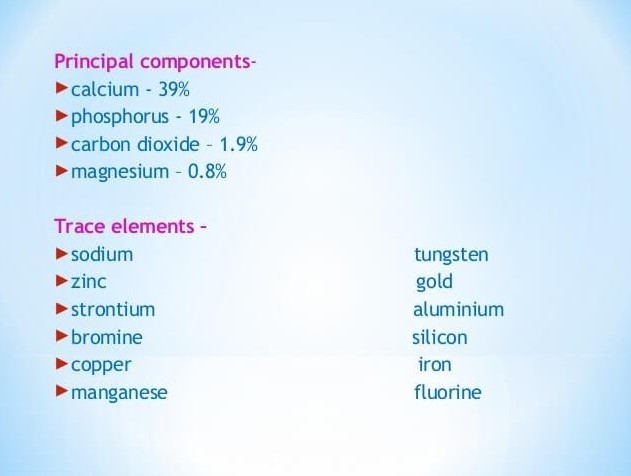
Where is Calculus Bridge found?
Calculus is most commonly found on the lower anterior teeth, but it can also be found on the upper molars. Both of these areas of a mouth are the most important because the salivary gland ducts are located right next to the tooth surfaces.
Furthermore, a calculus bridge is a large calculus or tartar medium that extends to the surfaces of several tooth surfaces as well as the spaces between the teeth.
The amount of tartar that accumulates on teeth varies from person to person. In general, it forms a brown or tan border along the edge of the teeth by your gumline, but in severe cases, it may also reach down into the gumline or up along the surface of the teeth.
What happens to it as time passes?
As it grows older, it darkens in color and grows in size. Calculus bridge is mostly associate with two significant things.
- Periodontal disease
- Gingival recession
As a result, the removal of this bridge may reveal several mobile teeth. As a result, doctors should be aware of this possibility before proceeding with further debridement procedures.
How plaque can become a calculus bridge?
Plaque is very easy to cover up on teeth. When we eat or drink something, the bacteria in our mouth combine with the residue, releasing acids that cause the breakdown of carbohydrates in our drinks and food.
As a result, a mixture of carbohydrates, acids, bacteria, and mineral deposits in your mouth forms a colourless sticky layer over your teeth, which we call plaque. Without brushing and flossing, removing this layer of germs is extremely difficult. As a result, this type of plaque is also known as dental calculus.
Impact of Calculus Bridge on gums
Unless teeth are not cleaned on a regular basis, the bacteria in tartar can affect the gums and, eventually, the jawline bones. The first symptom is bleeding gums, also known as gingivitis. If the gingival inflammation is not treated, it can progress to periodontitis, which is a severe infection of the structures that support the teeth. The gums are an essential component of a tooth-securing system. As a result of weakened gums, teeth may fall out.
Significant Symptoms of Calculus Bridge
For your convenience, the following are some of the primary symptoms of Calculus Bridge and gum disease:
- Red and swollen gums
- Bleeding when brushing
- Receding gums
- Continuous bad breath
- Loose teeth
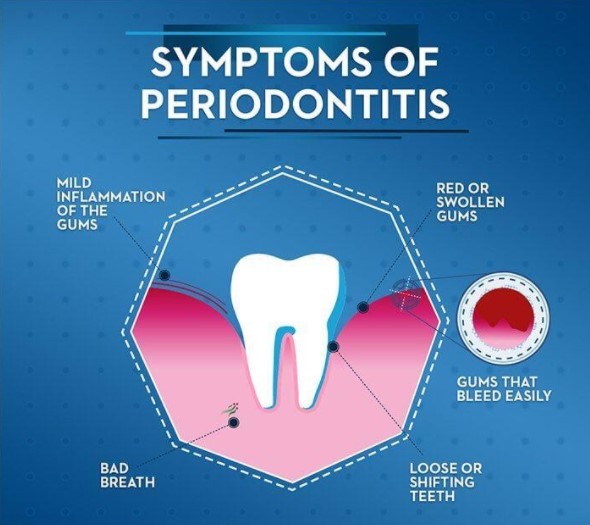
Side Effects of Calculus Bridge
Calculus can cause the following harmful side effects in addition to giving your teeth a bad appearance:
- Halitosis
When plaque and tartar combine, they cause your breath to stink, a condition known as halitosis.
- Gingivitis
When you brush or floss your teeth, you may notice that your gums become red or swollen and bleed. This condition is known as gingivitis, and if left untreated, it can progress to Periodontitis, a severe gum disease.
- Receding gums.
Retreating gums are a type of periodontal disease in which the gums move out of place, exposing more of your teeth to bacteria and allowing bacteria to enter the gaps between your gums and your teeth.
- Cavities
Tartar on your teeth can act as a barrier against bacteria from your toothbrush. The tartar and plaque can then cause tiny holes in the enamel of your teeth, allowing bacteria and acid to enter deep into the tooth and cause cavities or holes to form.
- Tooth loss
If dental calculus is not treated promptly, it can cause gum disease, which can eventually lead to tooth loss.
Removal of Calculus bridge
Just before calculus has formed on your teeth, it cannot be removed simply by brushing or cleaning them with toothpaste and a brush. You’ll need to see a reputable dentist who can professionally remove it. Professional cleaning may occasionally work and remove the vast majority of it. While it may be sufficient at times, it may not be sufficient at others. This is especially true if the calculus has progressed far below the gumline.
What Does the Dentist Do with Calculus Bridge ?
A dental hygienist can remove this calculus using a dental scaler, which is a handheld tool. This dental scaler has a small hook on the end for easily scraping tartar. The hardened plaque and tartar that has built up between your teeth gaps and around your gum line are carefully removing by the dentist.
After scaling your teeth, the doctor will smooth out the areas on the root surfaces. This is commonly referring to as root planning. In addition to these tools, there are ultrasonic instruments that can safely and quietly remove the calculus bridge.
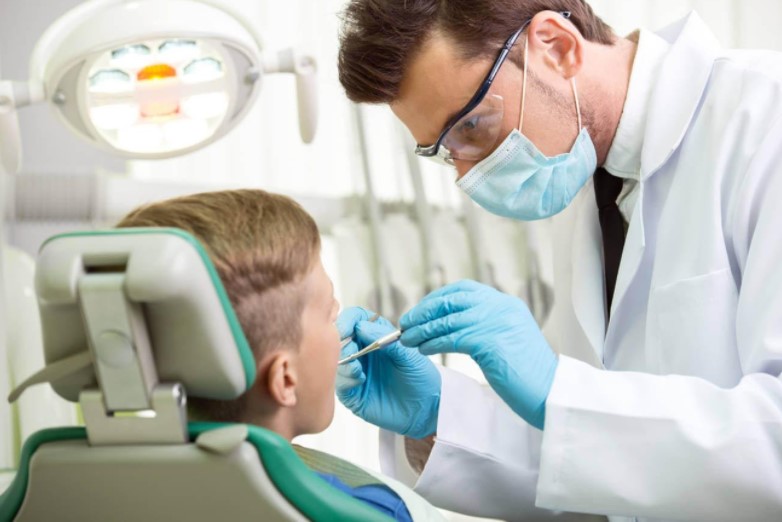
Final Words
The first and most important strategy for protecting your teeth from major painting issues is to avoid plaque, tartar, and Calculus Bridge formation. They are all extremely harmful to your oral system.
The only way to avoid them is to brush and floss your teeth twice a day with healthy toothpaste. As we all know, prevention is better than cure, and this is no exception. It is much easier to prevent oral diseases than it is to treat them.
As a result, we recommend that you brush your teeth after each meal to keep them clean and tidy. Furthermore, it is recommended to avoid sugary and sweet items because they are the most appealing things for most dental problems.
